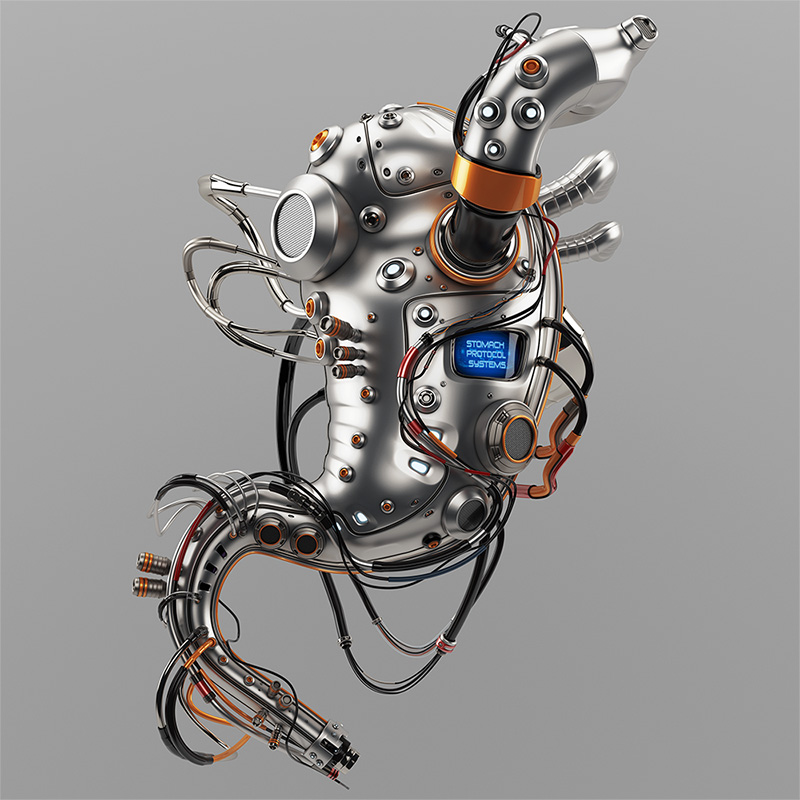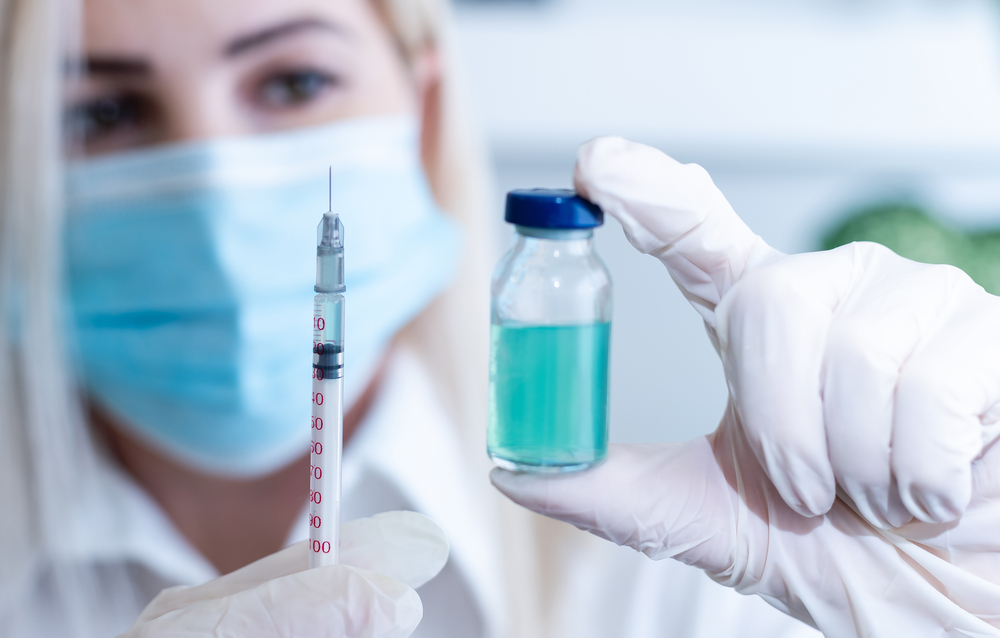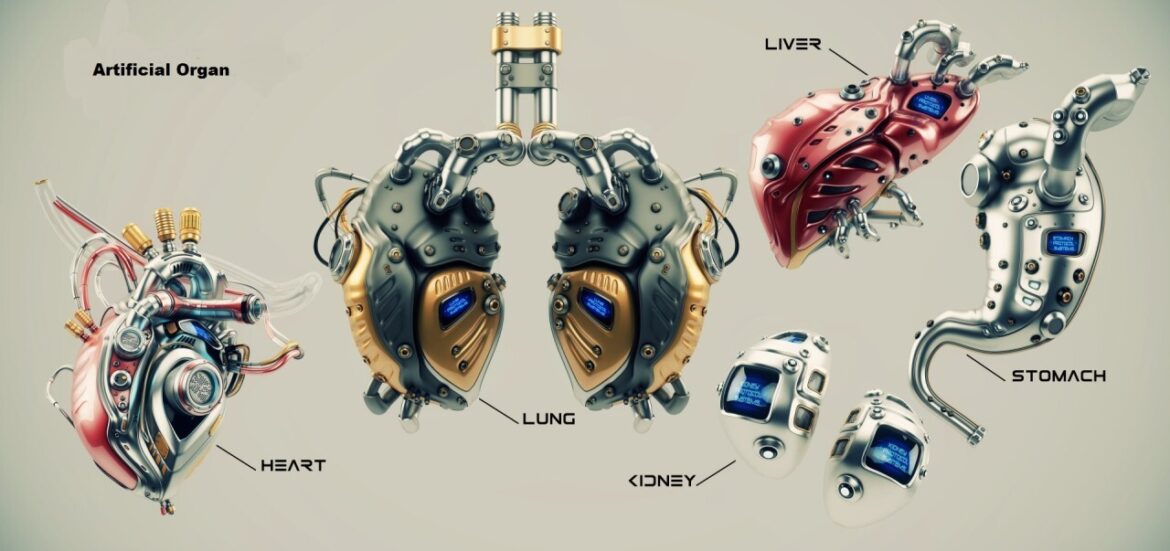Recent years have seen incredible advancements in the medical field, especially in the areas of organ transplantation and the creation of artificial organs. These discoveries are influencing the course of healthcare and providing hope to millions of people who are facing organ failure. This article examines the significant advancements in the development of artificial organs and the optimization of organ transplantation techniques, highlighting the revolutionary effects on patient outcomes and the state of medicine.
Artificial Organs: Getting Over the Divide
Numerous patients are on transplant waiting lists as a result of the severe lack of donor organs, which has fueled the search for artificial organs. In the process of creating artificial organs that can replicate the functions of their natural counterparts, scientists and researchers have made tremendous progress.

a. Artificial Hearts: One of the most notable developments in this field is the creation of artificial hearts. These high-tech apparatuses try to mimic the complex pumping system of the human heart. Prototypes that react to physiological cues from the body and offer mechanical support have recently been developed by researchers, guaranteeing a more adaptive and natural function.
b. Artificial Kidneys: The creation of artificial kidneys has revolutionized the lives of patients suffering from renal failure. These bioengineered devices are capable of carrying out the vital tasks carried out by the kidneys, including blood filtration and electrolyte balance regulation. The longevity and efficacy of artificial kidneys are being improved by advanced materials and biocompatible designs, giving patients waiting for kidney transplants hope.
c. Bioengineered Liver: One important step toward resolving the organ scarcity issue is the development of bioengineered livers. Tissue engineering and 3D printing are being used by researchers to create functional liver tissue. Although the creation of liver tissue patches for regenerative medicine is still in its early stages, the prospect of fully bioengineered livers for transplantation appears encouraging.
Enhancing Organ Transplantation Methods
Developments in organ transplantation methods are transforming the field in tandem with improvements in artificial organs. Along with raising the success rates of transplant procedures, these advancements also address important issues like organ rejection and the requirement for immunosuppressive medications.
a. Organ Preservation: Improvements in organ preservation methods have increased the transplantation window by prolonging the viability of donor organs. When it comes to preserving organ function during transport and prior to transplantation, machine perfusion—a technique that involves pumping a preservation solution throughout the organ—has demonstrated encouraging outcomes.
b. Immunosuppression Strategies: In an effort to prevent organ rejection, scientists are investigating cutting-edge immunosuppressive techniques that reduce the negative effects of conventional medication. By suppressing the immune response that is specifically directed towards the transplanted organ, targeted therapies help lower the risk of infections and other complications.
c. Personalized Medicine in Organ Transplantation: Organ transplantation is one area where the idea of personalized medicine is becoming more popular. Clinicians can customise immunosuppressive regimens for each patient using genetic profiling and biomarker analysis, which maximises treatment outcomes and minimises side effects.
Challenges and Ethical Issues
Although the development of artificial organs and organ transplantation methods is unquestionably encouraging, there are a number of ethical issues and challenges that come with these developments. Consideration and research should be given to the following topics: the long-term effects of immunosuppressive therapies, the accessibility and affordability of artificial organs, and the ethical ramifications of organ procurement.
a. Ethical Sourcing of Organs: Concerns regarding consent, the use of tissues derived from animals, and the possible commodification of body parts are some of the ethical aspects of organ sourcing, especially in the context of artificial organs. Finding a balance between ethical concerns and technological innovation is still a difficult task.
b. Accessibility and Affordability: The creation and application of artificial organs must address accessibility and affordability. For these medical advancements to reach their full potential, it is imperative that a wide range of patients, irrespective of socioeconomic status, have access to these innovative technologies.
c. Long-Term Effects of Immunotherapy: Although individualized immunosuppressive regimens provide a customized approach to organ transplantation, research is still ongoing to determine how these treatments will affect patients’ general health and well-being over the long run. It takes continuous research and close observation to strike a balance between the possible risks of immunosuppression and the prevention of rejection.

Conclusion
The development of artificial organs and the improvement of organ transplantation methods offer patients facing organ failure a glimmer of hope. These developments, which range from bioengineered livers to artificial hearts, highlight how resilient human ingenuity is in the face of medical obstacles. To make sure that these advancements serve the greater good, ethical and accessibility issues must continue to be at the forefront of discussions as technology pushes the boundaries of what is possible. With the commitment of scientists, physicians, and ethicists to reshape the field of organ transplantation and regenerative medicine, the path toward a time when organ failure is not a death sentence is well under way.


